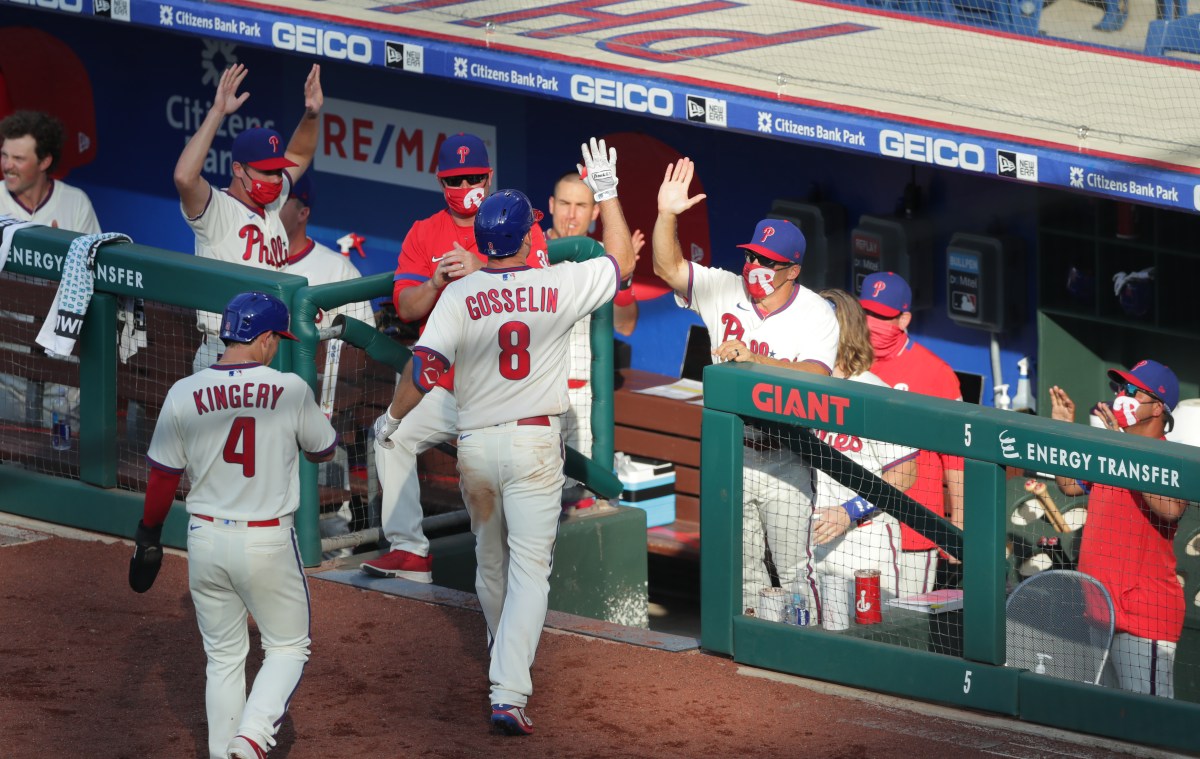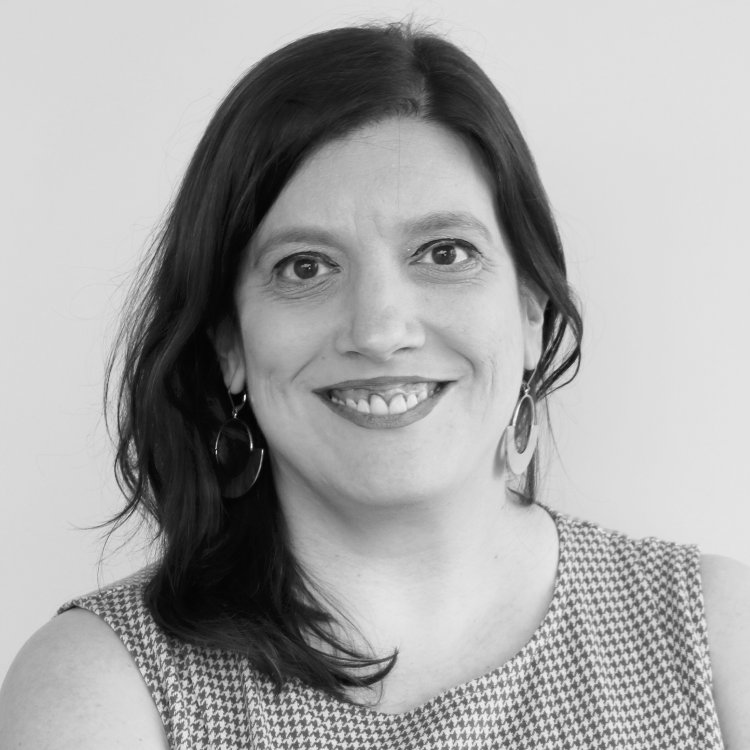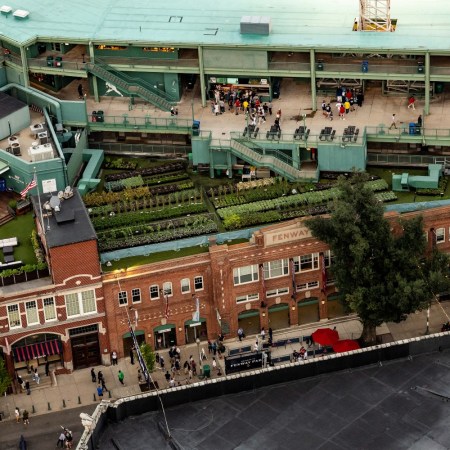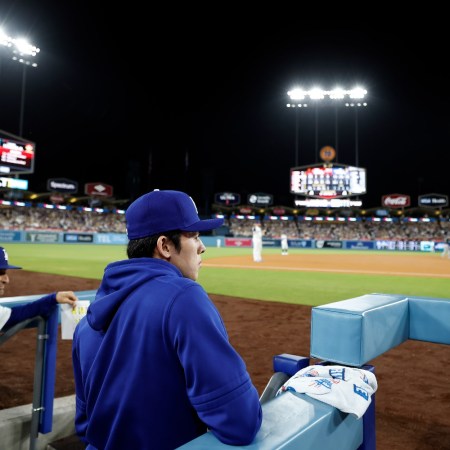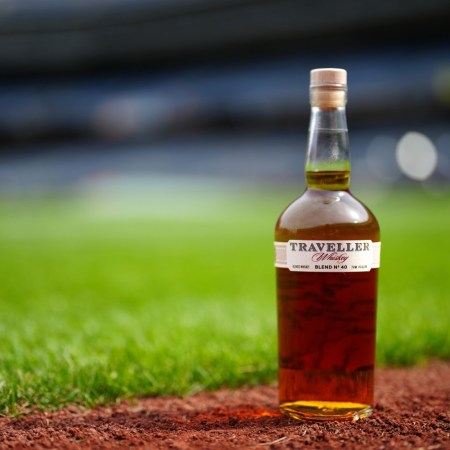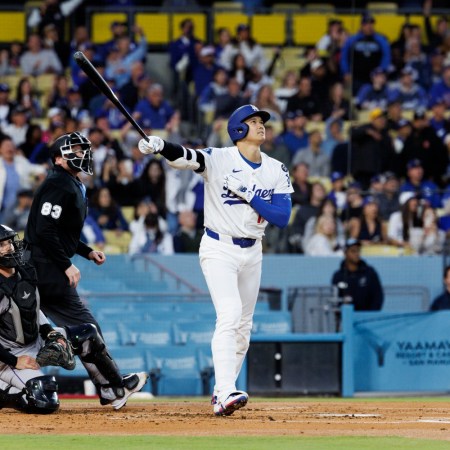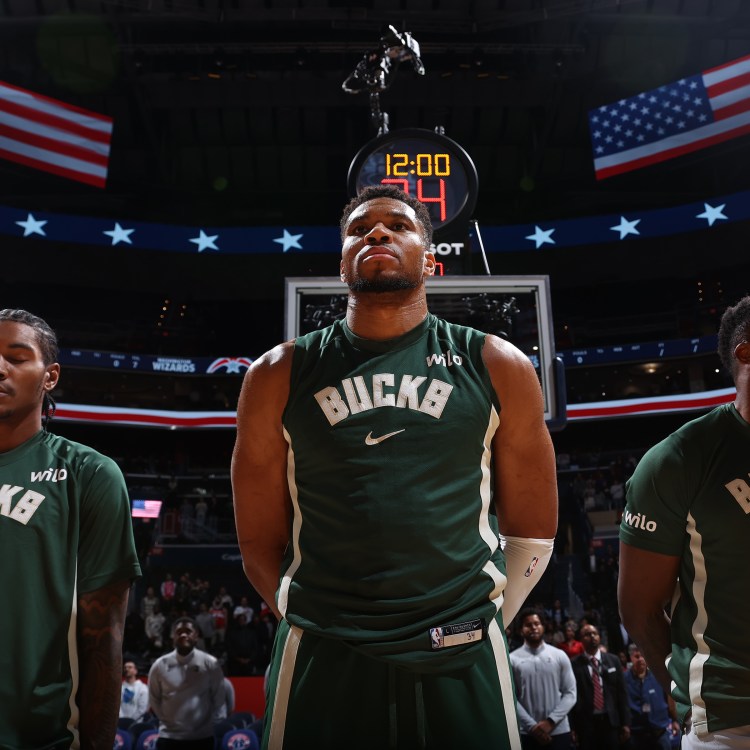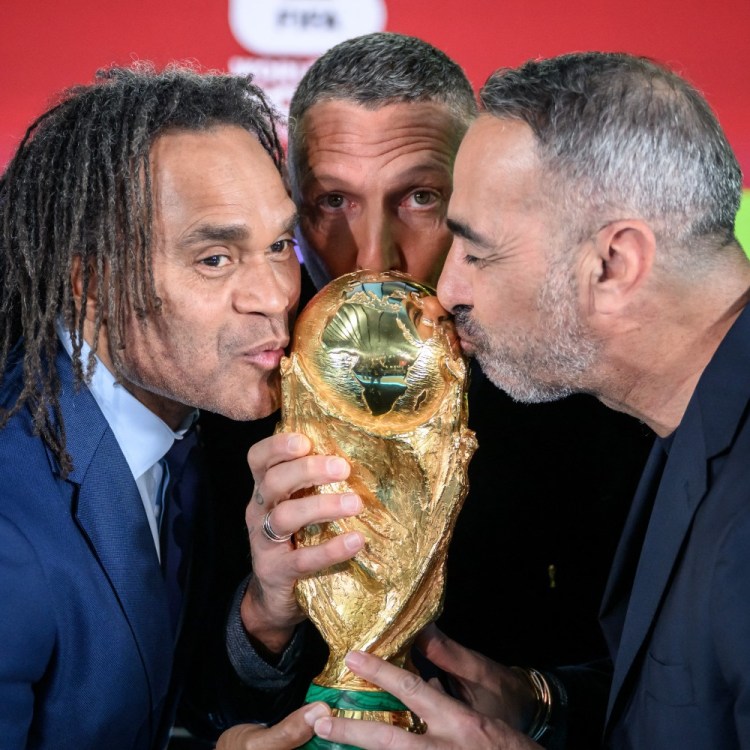The news yesterday that 13 players and coaches on the Miami Marlins have tested positive for COVID-19 was alarming, to say the least, but it wasn’t unexpected. Major League Baseball has taken a much more lax approach to its return than other sports, operating without a bubble, experiencing delays in testing, and failing to enforce some of the rules about contact between players that it laid out in a 131-page manual prior to the beginning of the shortened season.
The outbreak obviously has ramifications beyond the Marlins; the Philadelphia Phillies, who played the Marlins at Citizens Bank Park on Sunday, were forced to postpone their game Monday against the Yankees while they awaited test results and did their best to sanitize their visitors clubhouse after it was inhabited by the infected Marlins. It feels a bit like a house of cards getting ready to topple over, and while the league insists there’s no plans to cancel the season, it’s beginning to feel like this botched experiment isn’t long for this world. We’ve outlined the five mistakes that made an outbreak inevitable, along with the reason it’s likely the first of many.
No bubble
Unlike the NBA, NHL and MLS, baseball is not operating within a “bubble” to isolate players and reduce travel. The idea was floated earlier this spring — one plan featured all 30 teams in a bubble in Arizona, while another idea featured three satellite bubbles in Arizona, Florida and Texas — but players balked at the idea of spending months away from their families, and eventually the plan was scrapped.
As commissioner Rob Manfred recently explained, the length of the baseball season and the number of players compared to other sports raised concerns over logistics.
“I think the decision that we made with respect to the bubble was the right one,” he said. “We’re different than other sports. We would have had to have multiple locations probably just in order to have enough facilities to make it work. The numbers of people involved and the numbers of people to support the number of players was much, much larger in our sport. The duration would have been much longer, and the longer you go, the more people you have, the less likely it is that you can make the bubble work. I think the NBA and the NHL have an advantage — smaller numbers of players, shorter period of time. I understand why they did what they did. I’m just not sure it was workable for us.”
But so far, the bubbles in other sports seem to be working. The MLS tournament taking place in Orlando, Florida for the past two weeks has seen zero positive COVID-19 tests so far, and the latest round of tests of NBA players at the bubble at the Disney World resort in Florida also revealed not a single positive.
Currently, the Chicago Cubs are the only MLB team to not have a single positive COVID-19 test. Baseball players who are traveling and living outside a bubble are coming into contact with other people — hotel staff, flight attendants, their families — and risking exposure.
Players made the decision to play after positive tests
One of the most disturbing revelations to come in the wake of the Marlins outbreak was the news that the team had made the decision to play on Sunday — after learning that morning that three of them had already tested positive — via a group text initiated by shortstop Miguel Rojas.
“We made the decision that we’re going to continue to do this and we’re going to continue to be responsible and just play the game as hard as we can,” Rojas told The Philadelphia Inquirer. “[Not playing] was never the mentality. We knew that this would happen at some point. We came to the ballpark and we were ready to play. That was never our thought that we weren’t going to play.”
“He’s kind of an unofficial team captain of our club,” Marlins manager Don Mattingly added. “He’s always texting the group and getting the feelings of the group. So when we’re dealing with situations or things, that’s usually who we’re working through.”
The fact that the decision was theirs to make in the first place is outrageous. Athletes, when presented with the option to play or not play, are almost always going to choose the former; that mentality is often inspiring when a player can push him or herself through exhaustion or the pain of an injury to help their team win, but in this case, it’s just foolhardy.
The South Korean KBO baseball league began its regular season back in May after a month-long COVID-19 delay, and they did so with a protocol that would shut down the entire league for three weeks in the event of a single positive test. That’s obviously not feasible for a Major League Baseball season that features 60 games crammed into 66 days, but at the very least, a team should be forced to postpone its games until it receives test results for every player and coach after an individual with the organization tests positive.
Masks not mandatory on players in the dugout
According to the 2020 Operations Manual, “All Tier 1 individuals should wear an appropriate face covering at all times in Club facilities … players are not required to wear face coverings while on the field or in the bullpen or dugout.” That is insane. Being maskless on the field is one thing — obviously baseball is one of the few sports where players are generally far enough apart to avoid spreading the virus to each other while playing — but there is absolutely no reason masks shouldn’t be mandatory while players are in the dugout, where they’re in much closer proximity to one another.
Leaving it up to individual players’ discretion instead of mandating they all wear masks not only puts people at risk, but it also puts those of them who do take the virus seriously enough to wear masks in the uncomfortable position of having to share spaces with the maskless. According to The Athletic, several people in the Phillies dugout were “alarmed” by how many Marlins weren’t wearing masks in their dugout on Sunday.
“They knew something was wrong, just from the information relayed by the Marlins that morning,” the publication reports. “But some perceptive Phillies had been alarmed all weekend by how the Marlins had appeared to not stagger their arrivals and workouts and how few people in the Marlins dugout were wearing masks.”
Players sitting in the dugout instead of six feet apart in the stands
Speaking of dugouts, why are players sitting there in the first place? Other sports like soccer have taken advantage of their empty stands and forced their players to sit there so that they can maintain the recommended six feet of distance between each other, and while baseball players were spotted sitting in the stands at some points during the Summer Camp exhibition games, they all appeared to cram back into their usual dugouts once the regular season began last weekend. It’s impossible to keep a six-foot distance between every player and coach in a dugout, and when most players aren’t wearing masks, it’s especially dangerous. Why not move some of those cardboard fans aside and use those empty seats to safely practice social distancing? Sitting six feet apart in the stands would likely be awkward for players at first, but they’d eventually adjust — and if the options are sitting in the stands or sitting at home because the season’s been canceled due to a massive COVID-19 outbreak, we have a feeling which they’d choose.
Not enforcing the “no high-fiving” rule
Section 4.2.1 of the 2020 Operations Manual states that “All Tier 1 and Tier 2 Individuals must avoid any physical interactions (such as high-fives, fist bumps, or hugs) while at Club facilities.” But if you watched any games last weekend, you likely saw several violations of that rule, particularly during home run celebrations. Some players did opt for “air high-fives” to avoid touching, but if anything, Opening Weekend was proof that avoiding contact with teammates is easier said than done. Slapping hands or fist-bumping is second nature to these players, but in the COVID-19 era it’s an extremely dangerous habit.
The league reportedly contacted multiple teams before the season started about high-five violations during exhibition games, but that clearly wasn’t enough for players and coaches to take the message to heart. After the Mets were caught on camera high-fiving each other in the dugout in celebration of Yoenis Cespedes’s go-ahead homer on Opening Day, Brandon Nimmo was defiant, insisting that it’s not that big a deal. “I’ve got gloves on when I’m hitting, so when I high-five someone, usually I’ve got gloves on or they’ve got gloves on,” he said. “We’re around each other quite a bit, but we’re keeping that six feet distance. Man, if it happened to spread that way, then so be it.”
There needs to be some sort of punishment handed down — fines, maybe even suspensions for repeat offenders — if Major League Baseball wants to demonstrate to players and fans alike that it’s serious about the rule.
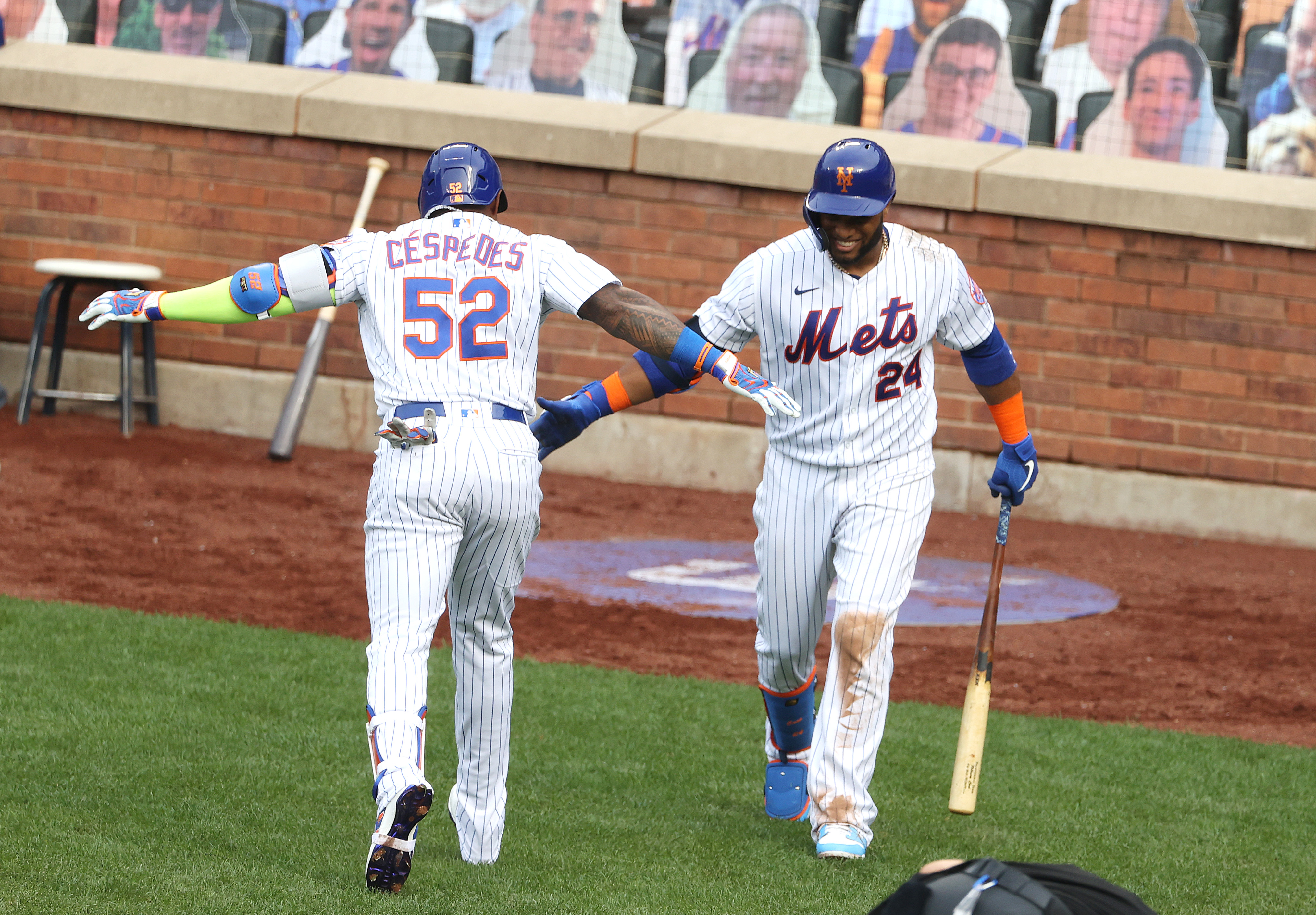
No talk of canceling season
Despite all the reasons that the Marlins outbreak was inevitable, it seems like Rob Manfred and Major League Baseball are determined to press on without any major adjustments — which means this is likely only the first of many outbreaks we’ll be seeing.
Manfred insists the existing protocols are sufficient, however. “We built protocols anticipating that we would have positive tests at some point during the season,” he said Monday in an interview on MLB Network. “The protocols were built to allow us to play through those positives. We believe the protocols are adequate to keep our players safe.”
He didn’t sound worried about the prospect of a more widespread outbreak in the league, either: “I don’t put this in the nightmare category,” he said. “It’s not a positive thing, but I don’t see it as a nightmare. … That’s why we have the expanded rosters. That’s why we have the pool of additional players.”
However, players and coaches are less optimistic. “I’m going to be honest with you, I’m scared,” Nationals manager Dave Martinez told reporters on Monday. “My level of concern went from an eight to a 12.” Dodgers pitcher David Price, who opted out of the 2020 season due to coronavirus concerns, called out the league for not putting players’ health first, tweeting, “Now we REALLY get to see if MLB is going to put players health first. Remember when Manfred said players health was PARAMOUNT?! Part of the reason I’m home right now is because players health wasn’t being put first. I can see that hasn’t changed.”
A COVID-19 outbreak shouldn’t be viewed simply as the cost of doing business. The general thinking here seems to be that the worst-case scenario is players spending a few weeks on the IL recuperating while they’re replaced with members of the taxi squad. But coronavirus is not the flu; it’s a deadly disease that has killed plenty of young, previously healthy people and left others hospitalized on ventilators for weeks at a time. Even one case poses a massive threat; is Major League Baseball willing to risk a player death? That could be where they’re headed if they’re so determined to play on.
The Charge will help you move better, think clearer and stay in the game longer. Subscribe to our wellness newsletter today.
